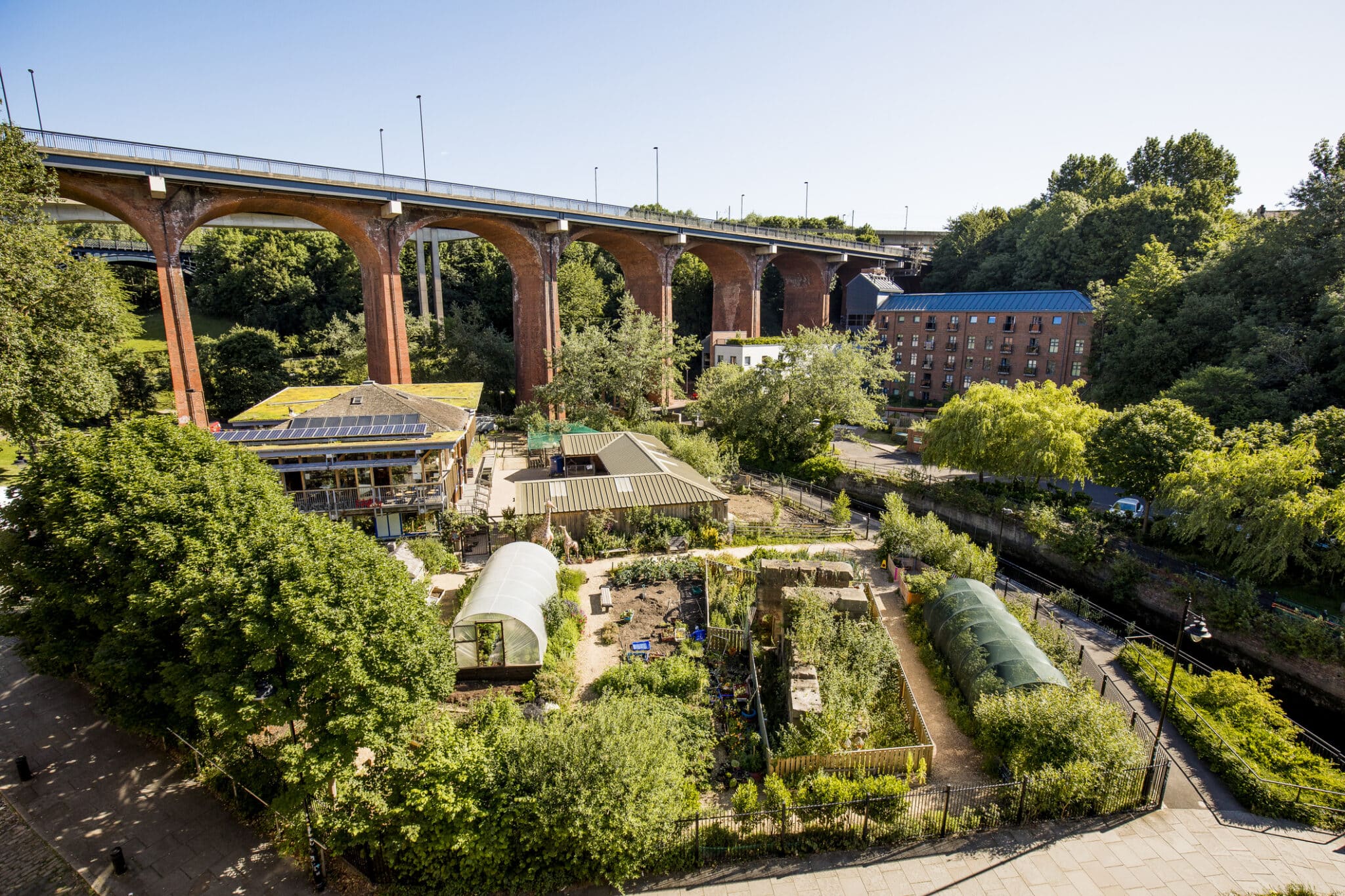The smart Trick of City Blooming That Nobody is Talking About
The smart Trick of City Blooming That Nobody is Talking About
Blog Article
Our City Blooming Statements
Table of ContentsThe Best Guide To City BloomingGetting The City Blooming To WorkSome Known Details About City Blooming The 5-Minute Rule for City BloomingSome Known Details About City Blooming
Fascinated in growing food for sale in the City of Chicago? Considering beginning an area garden? Adjustments to the Chicago Zoning Regulation allow farming usages like community gardens and urban ranches in several components of the city. Below is a listing of frequently asked inquiries concerning the policies and regulations that farmers must think about when planning an urban agriculture project.
The zoning modification does not change any kind of other codes managing composting, structure authorizations, buying or renting City possessed residential or commercial property, service licenses or environmental contamination. There are existing codes that manage these issues and they stay in full impact and might be applicable to your job. Area gardens are typically owned or taken care of by public entities, public organizations or community-based organizations and kept by volunteers.
Urban farms grow food that is meant to be sold, either on a nonprofit or for-profit basis. As a result of their commercial purpose, city farms require an organization license. Yes. A neighborhood garden is permitted to sell surplus produce that was expanded on website if the sales are accessory or subservient to the garden's primary purpose described above.
Excitement About City Blooming
Composting is permitted however only for plant product that is created and utilized on website. The quantity of compost material can not exceed 25 cubic backyards at any given time according to the standards in 7-28-715 of the City's Municipal Code. Yes. Due to the fact that the dirt at the majority of brand-new garden websites needs amending, compost, dirt, wood chips, or various other products can be obtained to build or boost the expanding space - sustainability.

If a building license is called for after that the hoophouse will be thought about an accessory building. You can discover even more about the structure authorization needs by speaking to the Division of Buildings. The 25,000-square-foot dimension limitation is intended to stop a single area garden from controling a provided block or diminishing the block's existing household or business personality.
The restriction does not use to yards located in Public Open Area (POS) areas. Can there be even more than one area yard that is 25,000 square feet on a single block? Fence is not needed, however, gardens that have big car park areas may be needed to set up secure fencing or various other landscape design features.
More About City Blooming
B1 & B2 districts need that all commercial use activities be performed inside your home. Is fencing required for metropolitan ranches? Fences might be required, along with landscape design and testing, for specific auto parking locations and exterior work or storage locations depending on place and the specific activity taking location.
Yes. Urban ranches need building permits and zoning approvals before construction. Various other kinds of city evaluation might be needed depending upon specific frameworks, Full Report tasks, size, landscape design, licensing, public health and stormwater administration problems. Numerous of these requirements are identified in the task layout or permitting procedure, nevertheless, the applicant might be responsible to separately identify details licenses or allows that might be needed.
The Division of Service Matters and Consumer Security can aid identify the details type of company permit that's called for. Off road car park is required for a lot of business tasks in Chicago. The required number of vehicle parking rooms is based on the number of staff members functioning on website and not the square footage of the growing space.
Some Known Incorrect Statements About City Blooming

An urban ranch can market garden compost product produced on website, nevertheless, the operation has to conform with the policies in 7-28-715 of the Chicago Municipal Code. Aquaponic systems are permitted indoors on city farms in many zoning areas.
Up to 5 hives or nests of honey may be maintained as an accessory use. Beekeepers must sign up with the Illinois Department of Farming. For more details regarding the recommended zoning modification you might call the Department of Housing and Economic Growth, Bureau of Planning and Zoning at 312.744.8563.
Farming in cities and metropolitan areas A city farm in Chicago. Urban agriculture refers to numerous methods of cultivating. https://www.gaiaonline.com/profiles/cityblooming/46731693/, processing, and dispersing food in urban areas. The term also applies to the area tasks of pet husbandry, tank farming, beekeeping, and horticulture in an urban context. Urban agriculture is differentiated from peri-urban agriculture, which occurs in backwoods at the side of residential areas.
The smart Trick of City Blooming That Nobody is Discussing
It can include a motion of natural cultivators, "foodies" and "locavores", that look for to form socials media established on a shared principles of nature and neighborhood holism. These networks can develop by means of formal institutional assistance, ending up being integrated into neighborhood town as a "transition community" activity for sustainable city advancement.
In either instance, the much more direct accessibility to fresh vegetable, fruit, and meat products that may be realised with city agriculture can improve food safety and security and food security while lowering food miles, bring about lower greenhouse gas exhausts, thereby contributing to environment change reduction. Some of the initial evidence of city agriculture comes from Mesopotamia.
Report this page